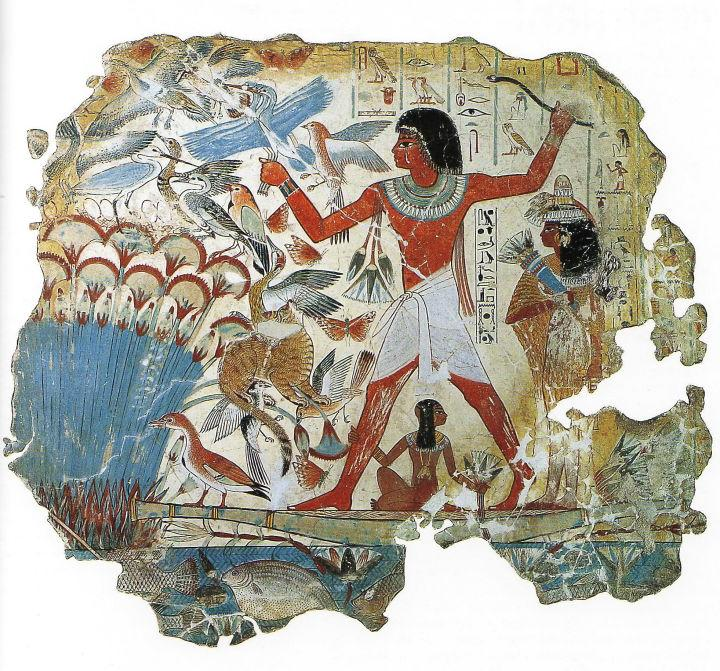Pearls, from their very inception, have been imbued with a mythical aura. In the East,…

Emerging from the Lotus: The Life and Spiritual Lineage of Guru Padmasambhava
In Tibetan Buddhist tradition, Guru Padmasambhava (Sanskrit Padmāsambhava, also known as Guru Rinpoche in Tibetan, meaning “Precious Master”) is revered as the “Second Buddha” and one of the key founders of Vajrayana Buddhism in Tibet and the Himalayas. The following outlines his life and significance through four perspectives: his birth legend, his practice and activities, his propagation of the Dharma in Tibet, and his spirit and legacy.
1. Birth Legend and Early Practice
The most iconic legend of Guru Padmasambhava is his miraculous birth from a lotus. According to tradition, he appeared as an eight-year-old child on a blooming lotus flower in Oddyāna Lake (also known as Uḍḍiyāna, in present-day northwestern Pakistan, bordering Afghanistan) in India. He proclaimed, “My father is Samantabhadra (a symbol of Samantabhadra’s wisdom), and my mother is Samantabhadrī. I am Padmāsambhava, born of a lotus.”
This birth legend holds profound significance: it symbolizes that the Master is not descended from mortal blood and bound by karmic bonds, but rather manifests freely through the wisdom of Bodhi. It symbolizes pure nature, freedom from afflictions, and the free arising of nature.
It is said that in his early years, he was highly respected by the royal family and served as an advisor to the prince, but his aspiration was to transcend worldly thrones and benefit all living beings.

2. In India and During the Secret Retreat Period: Mastering Tantric Dharma and Accumulating Spiritual Power
The master conducted extensive practice and transmission throughout India and Central India. He received instruction from numerous masters and practiced tantric techniques such as Vajra Yoga, Dakini, and mantras in remote mountains, cemeteries, and deep valleys.
Among the many legends, one famous story relates that he and his female disciple, Mandarava, practiced in Maratika (a cave in Nepal), achieving longevity and enlightenment.
Furthermore, he is said to have “subdued” or “tamed” the terrifying or chaotic gods and demons of the area, thereby laying the foundation for a place for practice and the flourishing of Buddhism.

3. Propagation of Buddhism, Founding of Monasteries, and the Transmission of Tantric Teachings in Tibet
Around the 8th century, King Trisong Detsen invited the master to Tibet to assist in the construction of Samye Monastery, the first Buddhist temple in Tibet. Legend has it that during the construction of the temple, mountain and earth spirits obstructed the work. The master employed tantric teachings to suppress and resolve the obstacles, ensuring the smooth progress of the project.
The master not only made outstanding contributions to metaphysical practice and attainment, but also emphasized the transmission system of the “Tibetan Tantric Tradition.” Tibetan scriptures contain his “terma” (treasure troves of teachings)—tantric texts and practices that were “discovered” by certain recipients at specific times.
His influence on Tibet and the Himalayas was profound, not only as a religious figure but also as a key figure in social and cultural transformation.

4. Spiritual Symbolism and Transmission
Guru Padmasambhava is not only a historical or legendary figure, but also a spiritual icon rich in symbolic meaning.
He symbolizes the crucial bridge that successfully transitioned Buddhism from India to Tibet, and is therefore revered as the “Founder of Tibetan Buddhism.”
His name, “Padmasambhava,” signifies wisdom blossoming like a pure lotus above the muddy earth, signifying enlightenment transcending the ordinary.
Through legends of “subduing demons” and “taming gods,” he demonstrates that Vajrayana Buddhism encompasses not only the theoretical but also the practical aspects of overcoming internal and external obstacles and transforming negative karma.
His legacy, including the terma system and eight emanations, has further expanded his image across time and space, transforming him into a force for awakening in diverse contexts.
His veneration and rituals have been practiced in Tibet, Mongolia, Bhutan, and the Himalayas, extending his influence beyond religion to encompass culture, art, and folklore.

Guru Padmasambhava—a figure fused with legend, history, and religious symbolism. His birth, practice, propagation, and legacy of esoteric teachings have laid a profound foundation for Tibetan Buddhism and the entire Tibetan Buddhist system. For practitioners, he is not merely a historical figure but a living mentor—his teachings, his aspirations, and his symbolism inspire those to awaken amidst confusion and suffering.



